 Nonviolent Action
Nonviolent Action
Individuals and organizations facing restrictive, oppressive and/or authoritarian forms of governance may be able to employ hundreds of nonviolent methods to amplify their voices, challenge power dynamics and press for reform. Tactics include protests, boycotts, sit-ins, civil disobedience and alternative institutions. Nonviolent resistance has been shown empirically to be twice as effective as armed struggle in achieving major political goals. The U.S. Institute of Peace promotes nonviolent approaches through education and training in strategic nonviolent action and movement-building; applied research on such movements and the efficacy of outside support; and publications that inform the work of policymakers to advance alternatives to violence.
Featured Publications

What We Know — and Don’t Know — About Religion and Nonviolent Action
Kenya captured the world’s attention last month as thousands of youth took to the street to protest the government’s controversial proposed tax hikes. As these demonstrations reached a boiling point in late June, the predominately Gen-Z activists received support from a somewhat unexpected ally: faith leaders.
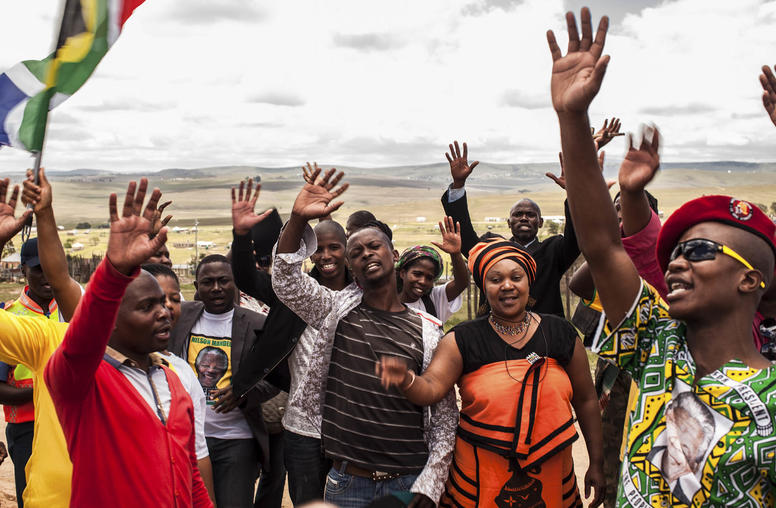
How Nelson Mandela’s Legacy Still Resonates for Youth Movements
As December marks 10 years since the passing of Nelson Mandela, an icon of 20th-century struggles for justice and peace, a new generation of activists is building from his legacy to counter our 21st-entury crises of rising global violence. Among the signs of Mandela’s vital relevance for us now is a global, online conference to bolster nonviolent social action in pursuit of justice and peace that opens December 7, hosted by the Stanford University-based World House Project with partner groups from South Africa, India, Mexico and elsewhere.
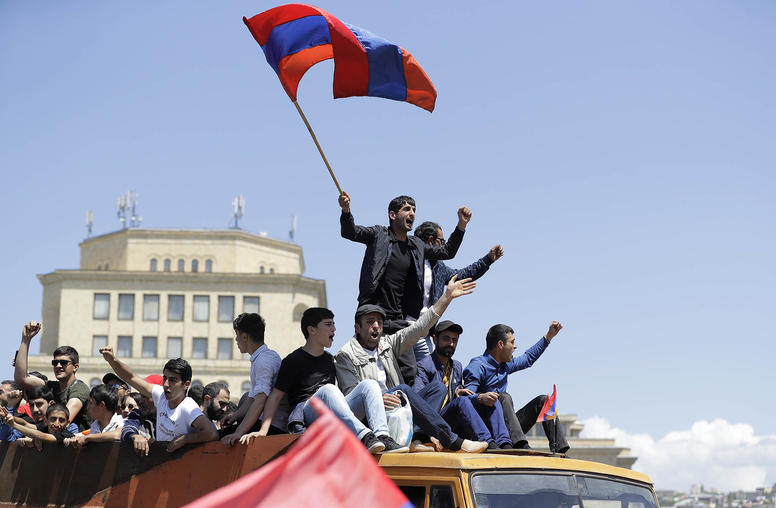
Overcoming the Challenges of Transitional Mobilization
Nonviolent action can be a powerful way to bring about peaceful transitions from autocratic rule to democracy. But even when initially successful, movement leaders often face significant challenges, from frustrations that grievances are not addressed quickly enough to counterrevolutions aimed at restoring the authoritarian status quo. This report examines two recent transitions—the 2011 Jasmine Revolution in Tunisia and Armenia’s 2018 Velvet Revolution—and presents recommendations for improving the likelihood that change initiated through nonviolent action leads to robust and lasting democracy.
Current Projects
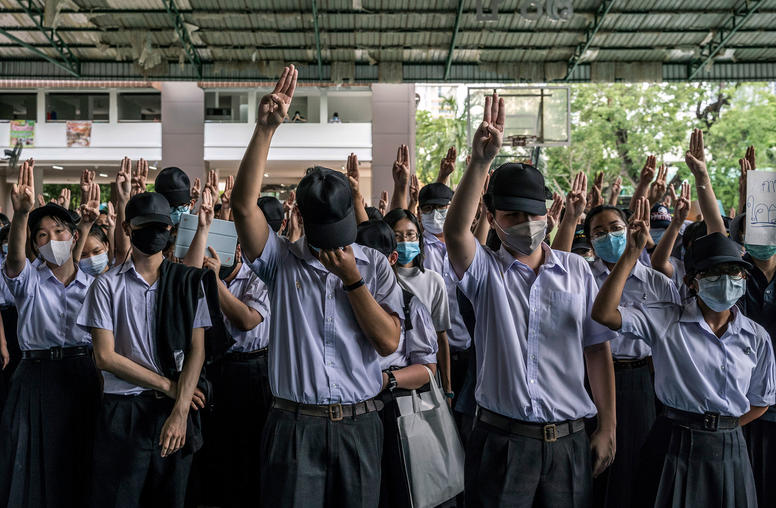
Youth and LGBTQ+ in Nonviolent Action: The WiRe+ Data Set
Over the past two years, and in collaboration with Dr. Erica Chenoweth and Dr. Zoe Marks of Harvard University, USIP has been collecting cross-national data on the frequency and extent of youth and LGBTQ+ frontline participation in major nonviolent action campaigns from 1990-2020. The resulting data set helps to illuminate both the causes and the consequences of youth and LGBTQ+ participation in social movements — with implications for activists, policymakers and academics looking to better support nonviolent action campaigns.
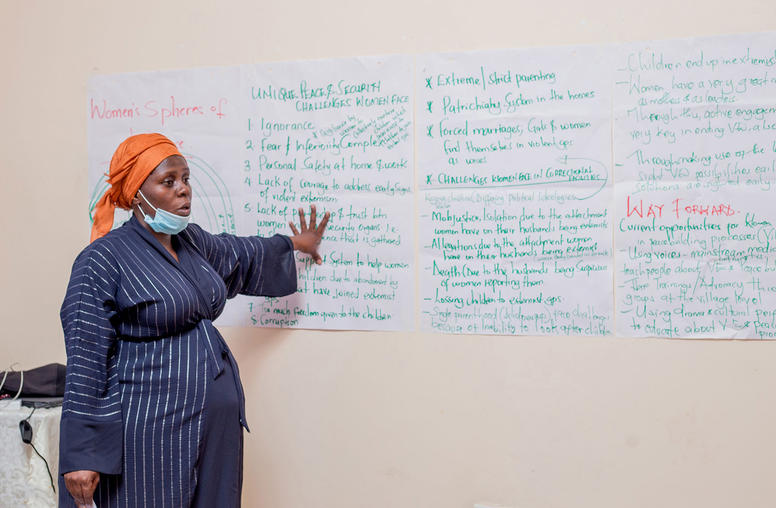
The USIP Learning Agenda
In support of the Evidence Act and as part of the U.S. national security architecture, USIP is carrying out its own learning agenda. Peacebuilding has long been viewed as too messy and complex for evidence-based approaches — but USIP’s mix of research and practice belies that assumption.
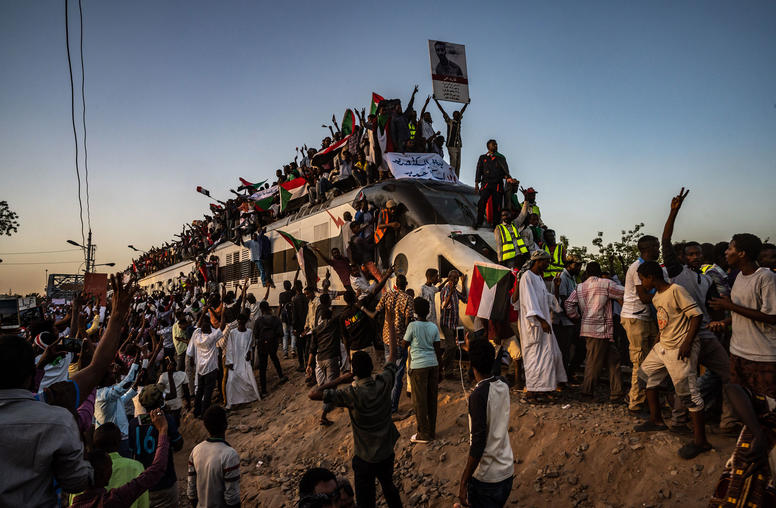
Civic Mobilization in Civil Resistance Transitions Dataset
Since January 2021, USIP has been collecting data on the frequency and characteristics of civic mobilization in 83 political transitions initiated through civil resistance from 1945 to the present to help understand when challenges to democratic progress have been successfully overcome and provide practical lessons learned for activists, policymakers and academics interested in nonviolent action and democratization.